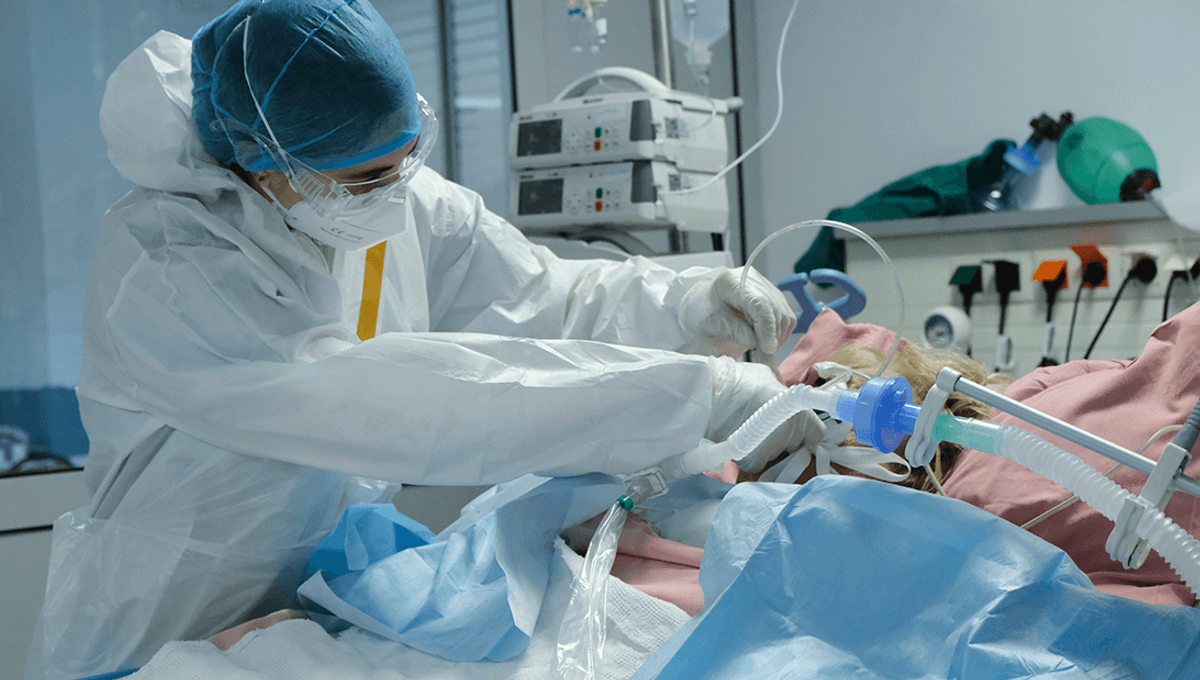
A new study that used machine learning algorithms on medical data from intensive care patients has found evidence that the main driver in COVID-19 deaths is not cytokine storms, as previously thought.
The team from Northwestern University looked at the medical records of 585 patients in the intensive care unit (ICU) at Northwestern Memorial Hospital who had severe pneumonia, 190 of whom had COVID-19. They applied machine learning to the data, to look at possible factors associated with mortality.
“The term ‘cytokine storm’ means an overwhelming inflammation that drives organ failure in your lungs, your kidneys, your brain and other organs,” senior author of the paper Dr. Benjamin Singer said in a statement. “If that were true, if cytokine storm were underlying the long length of stay we see in patients with COVID-19, we would expect to see frequent transitions to states that are characterized by multi-organ failure. That’s not what we saw.”
One potential factor they had been looking for was secondary pneumonia.
“Recent data suggest that secondary pneumonia is present in up to 40% and pneumonia or diffuse alveolar damage is present in over 90% of autopsy specimens obtained from patients with acute SARS-CoV-2 infection,” the team wrote in their study.
Sure enough, the team found nearly half of COVID-19 patients who required mechanical ventilation acquired ventilator-associated pneumonia (VAP).
“Those who were cured of their secondary pneumonia were likely to live, while those whose pneumonia did not resolve were more likely to die,” Singer added. “Our data suggested that the mortality related to the virus itself is relatively low, but other things that happen during the ICU stay, like secondary bacterial pneumonia, offset that.”
“Our study highlights the importance of preventing, looking for and aggressively treating secondary bacterial pneumonia in critically ill patients with severe pneumonia, including those with COVID-19,” he said.
While intriguing, the team writes in their discussion that the study has a number of important limitations, including that “as ours is an observational study, we cannot exclude unmeasured confounders that link unresolving VAP to poor outcomes”, such as hospital practices around ventilators, and their antibiotic management strategies.
The team next wants to apply the machine learning tool, which they’ve called CarpeDiem, to larger datasets in an attempt to improve clinical care. As well as this, they plan to apply machine learning to molecular data from the study samples, to try to work out why some patients survive pneumonia and others don’t.
The study was published in the Journal of Clinical Investigation.
Source Link: What Really Killed COVID-19 Patients?